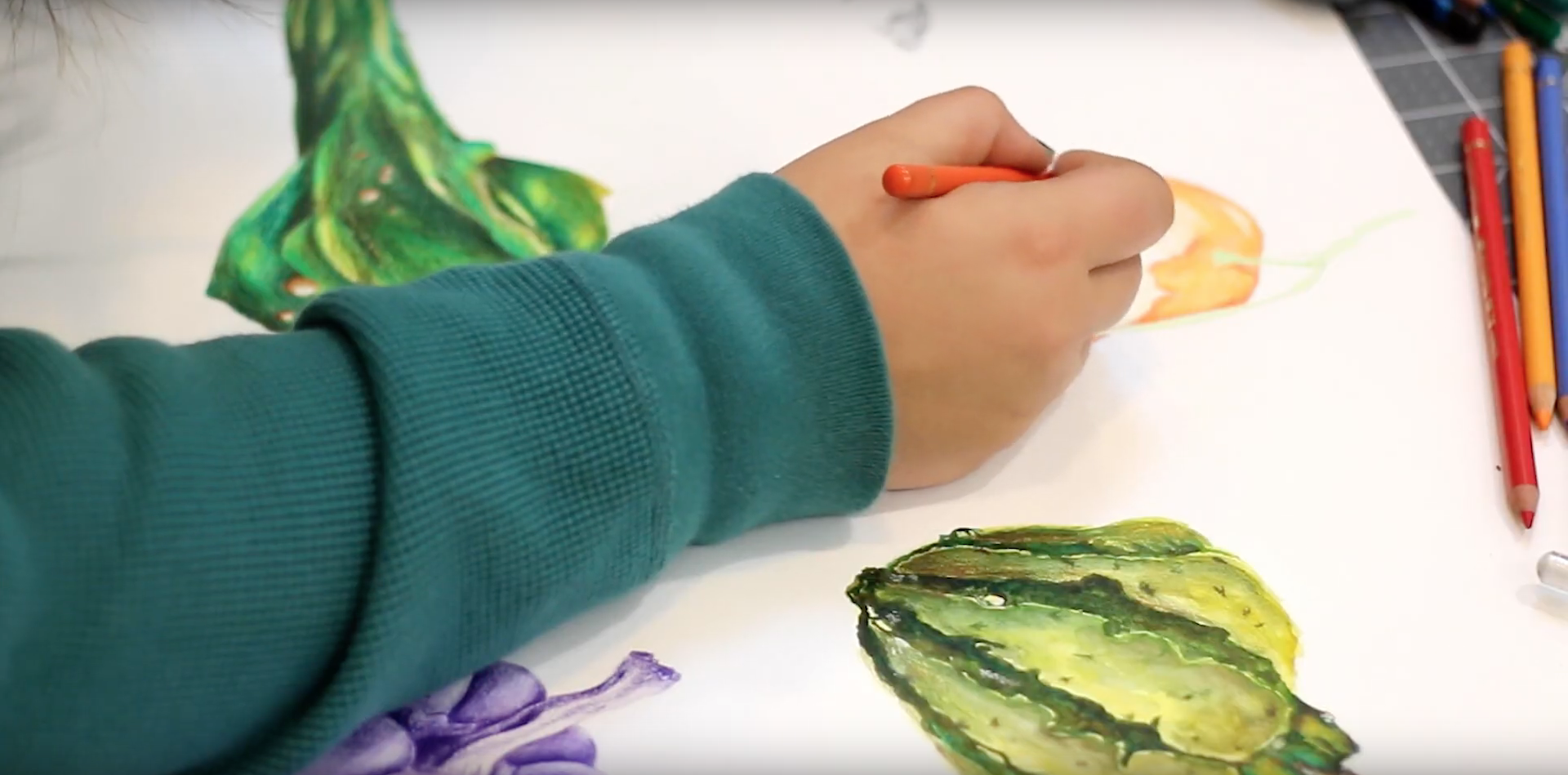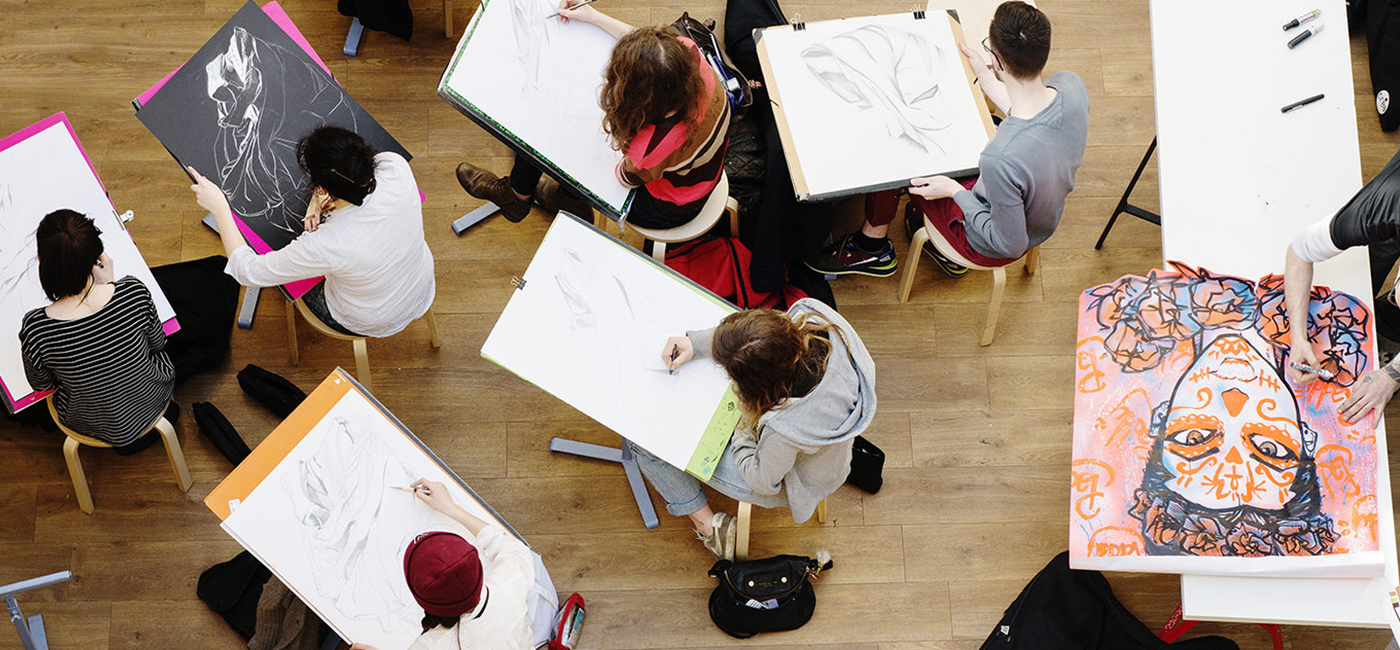Draw, analyze, imagine and create
The Art & Design foundation year course is the most crucial year for an ECV student. During this pivotal time, they will grow and develop their skills by learning the fundamentals of drawing, creativity, and artistic culture. This period is when students will make the most spectacular progress and develop structure.
A student’s continued success in their studies hinges on their successful completion of this foundation year.

Juliette FaichaudI’ve always had a passion for art and design and was looking for a course where I could mix management and creativity together. What I love about ECV is they offer programmes that teach you how to become not only a designer but an art director as well.

Our foundation year train in learning the fundamentals of art and design. Discover three of these subjects on video: analytical drawing, documentary study and color 🎨
Courses
Learning how to draw helps to gain an understanding of how shapes are formed and the role of light and composition. Through a notebook and personal research, students nourish their visual culture on a daily basis and learn how to recognize, experiment and memorize. In such a way, they develop autonomy and a critical eye through careful practice.
Students learn how to draw the proportions of the human body. Through methodical observation and live model sketching, they face the complexity of the human body and learn how to draw the model in various poses quickly and effectively. Drawing a body within a space also involves learning the different modes of expression and developing one’s own interpretation.
Students practice sketching in an environment outside of the school such as museum exhibits, public gardens, train stations and streets. The drawing of architectural spaces and statuary develops respect for proportions, volume and perspective, in the foreground and background. Students learn how to make choices, capture the essence, and draw quickly.
The art of colours, their combinations and interactions is an essential component of learning to draw. Students study colour theory, the colour wheel, the relationships between colours, and put their knowledge into practice. They learn how to see colour, simplify it, and apply it in successive touches to build volume.
Documentary study is a realistic representation of objects and still lifes. It is a macroscopic approach of drawing that emphasizes on a quality representation of materials, appearance, bright, reflections, transparency, as well as a good understanding of volume.
Illustration is a discipline in which students can fully express themselves. Unlike drawing classes, illustration is always based on an idea, narration or even music. It is one of the major forms of expression in graphic arts. A wide variety of techniques are used, enabling each student to develop his or her personal writing and style.
Students need to restore the complexity of volume and space into two dimensions following the theory of perspective. Learning spatial geometry allows them to evaluate real depth effectively compared to pictorial depth. In a theoretical approach, perspective complements direct observation.
The course on volume gives students a different approach of the reality of shapes and volumes by putting them in a situation of deconstructing, reconstructing and building simple shapes. They create three-dimensional models and more complex geometric shapes by means of folding, interlocking, juxtaposition and stacking in order to illustrate volume.
Students discover the basics of visual communication. They are confronted with the difficulty of expressing an idea through drawing or graphics and engage it in a process of research and reflection that appeals to their imagination, intuition and personal culture. Without any model to study, students will have to transmit an idea, sentence or concept into images.
Student awareness and curiosity are heightened through a comprehensive summary of the major modern artistic movements during the 19th and 20th centuries. They discover the characteristic works of this period in Europe and around the world. They learn how to analyse images, which involve the formal, iconographic and iconological analysis of artworks.
English is an inescapable necessity for the world of applied art and ensure today the successful transition into an international working environment. Students learn bases and specific vocabulary relative to the profession of artistic creation.

